×
Save 20% On Your Purchase!
Use code SAVE20 at checkout to save on your purchase today from my Herbal Shop!
×
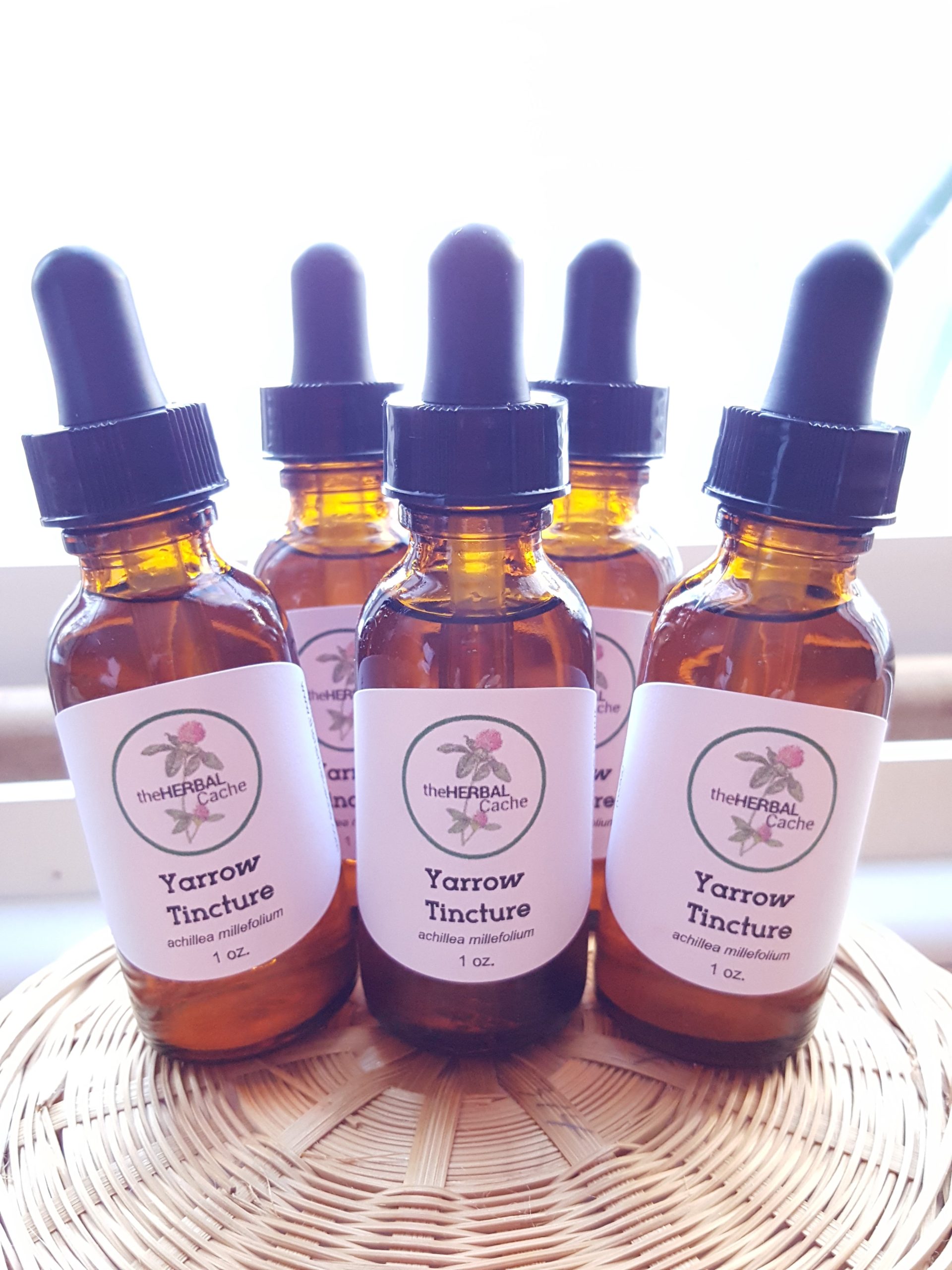
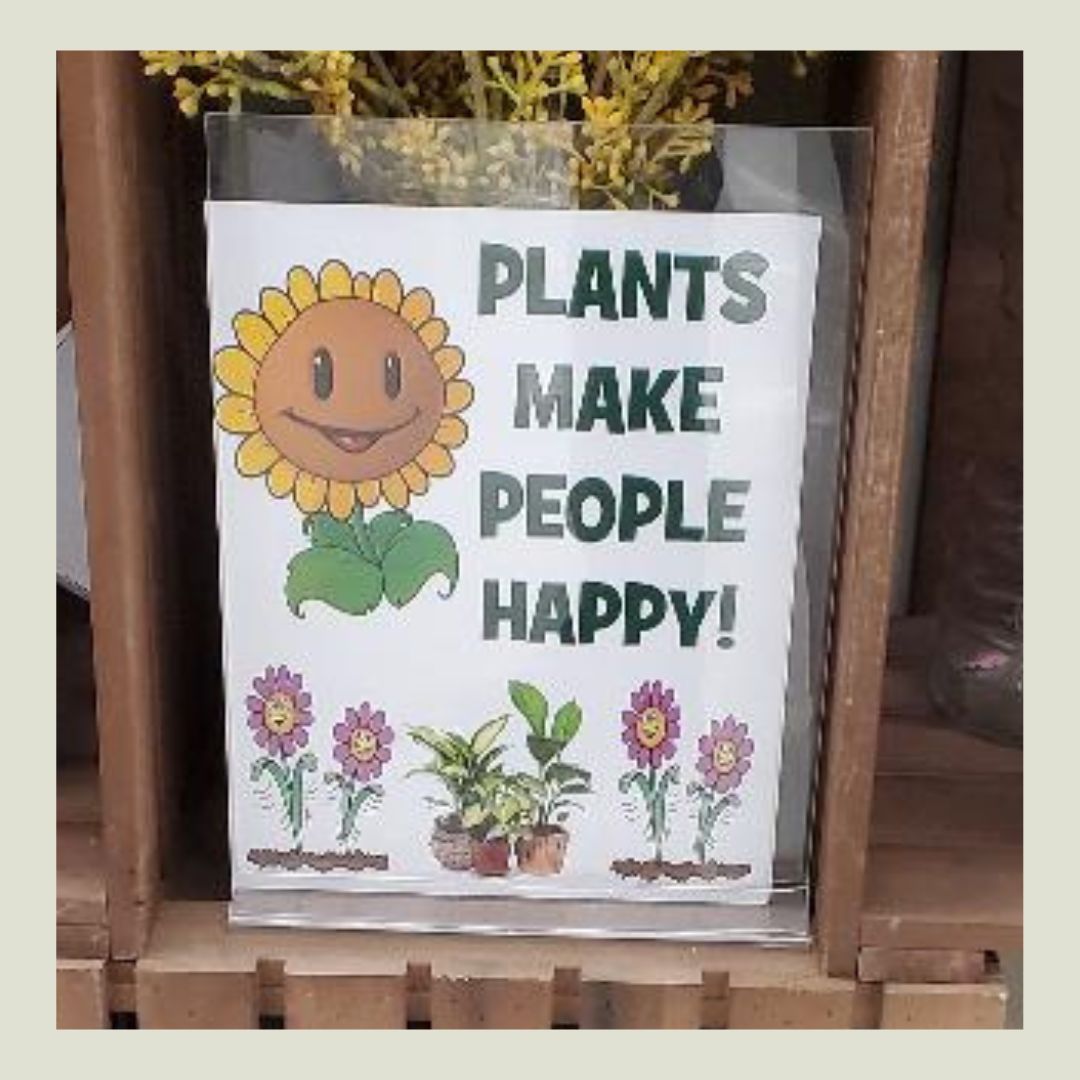
They sure do!
I was out and about one day and I came across this display at a grocery store. I passed it by, but it lingered in my head because plants do make me happy. I turned around, went back to the display and took this picture of it. I love the message “Plants make people happy!”.
We all know that giving and receiving plants, especially flowers, brings a certain joy and peace to our mindset.
That is why flowers are given on so many occassions:
“A beautiful plant is like having a friend around the house”
Why is it that plants bring us happiness?
Well, first off, we are surrounded by plants so we have to be able to live with them, like them and have a connection to them. If you don’t, you are in trouble.
This connection, or innate attraction to nature, is called biophilia. This term was coined by biologist E.O. Wilson. The desire to have house plants, trees along boulevards, a plant on an office desk, etc. stems from this natural desire.
And we can’t forget all the things that plants provide to us: shelter, food, medicine, oxygen and more. So why wouldn’t plants make us happy?
Let’s take a little bit deeper look at the many ways plants make us happy.
Studies have shown that being in and around nature makes us happier. One study has shown that nature walks are great for everyone and help to rejuvenate the brain. Another study by Gregory Bratman from Stanford, showed that those who took a 90 minute walk in nature, had decreased the pattern of thinking that is associated with depression.
To learn more nature walks, check out my blog post, “The Power of a Nature Walk“.
If you can’t get out in it, bring it inside. Natural aesthetic beauty is soothing to people, and keeping ornamental flowers and plants around the home is an excellent way to lower levels of stress and anxiety. People who keep flowers in their home feel happier, less stressed, and more relaxed.
At the end of this post, I share some ideas on what plants to have around your home or office.
About 50% of a group of survey respondents explained that gardening helped them feel calm. I know for me gardening is very calming. Hearing the birds, watching the butterflies and sitting among the plants, yeah I could sit out there all day.
Being surrounded by plants makes people happy. According to a study conducted in hospitals around San Francisco Bay Area, 79% of the patients who took part said they felt calm, 19% claimed to have felt a sense of optimism, and 25% became stronger from spending time around plants.
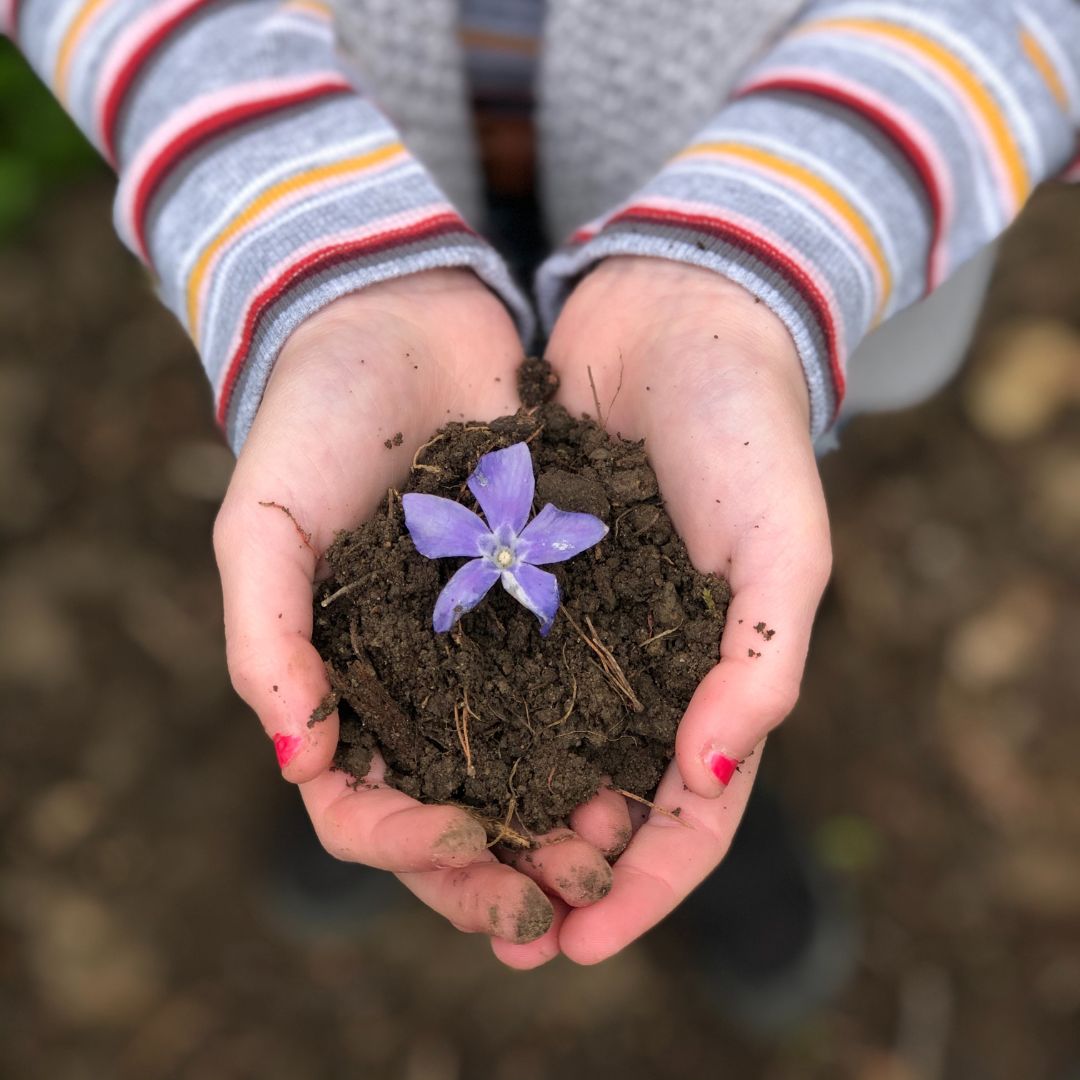
…the bacterium found in soil may help stimulate serotonin production, which makes you relaxed and happier. So getting your hands dirty in the soil when working with plants is beneficial two-fold.
When we are in the hospital or not feeling well, receiving flowers and plants automatically makes us feel better. Whether it is the plant itself or the thoughtfulness from others, receiving brings a sense of peace.
Not only do plants soothe and comfort us, but they have other health benefits as well:
Spending time in nature gives people an increased feeling of vitality, increasing their energy levels and making them feel more animated. Being out in a natural environments helps put a positive outlook on life, making people feel more alive and active.
Our minds need to be stimulated and one of the best ways is to bring the energy of outdoors, indoors with plants.
In a University of Michigan study, memory retention increased 20% while being around plants, positively effecting learning abilities. The effect of nature stimulates the senses and the mind which improves mental cognition and performance. Work performance is better, more accurate and of a higher quality when plants are around.
Studies have shown that surrounding yourself by plants could improve your concentration by up to 20% and increase your ability to recall information by 15-20%. Plants do this by reducing CO₂ concentration and improving air quality.
When I worked in an office setting years ago, I always had a plant on my desk. At the time, I wasn’t aware that it was helping me work better. Now I know.
The house plant pictured below kept me company for over 10 years in my office cubicle and now it hangs out in my stairwell. Still going stronge. Well, except for the war marks from being chewed on by my cat!
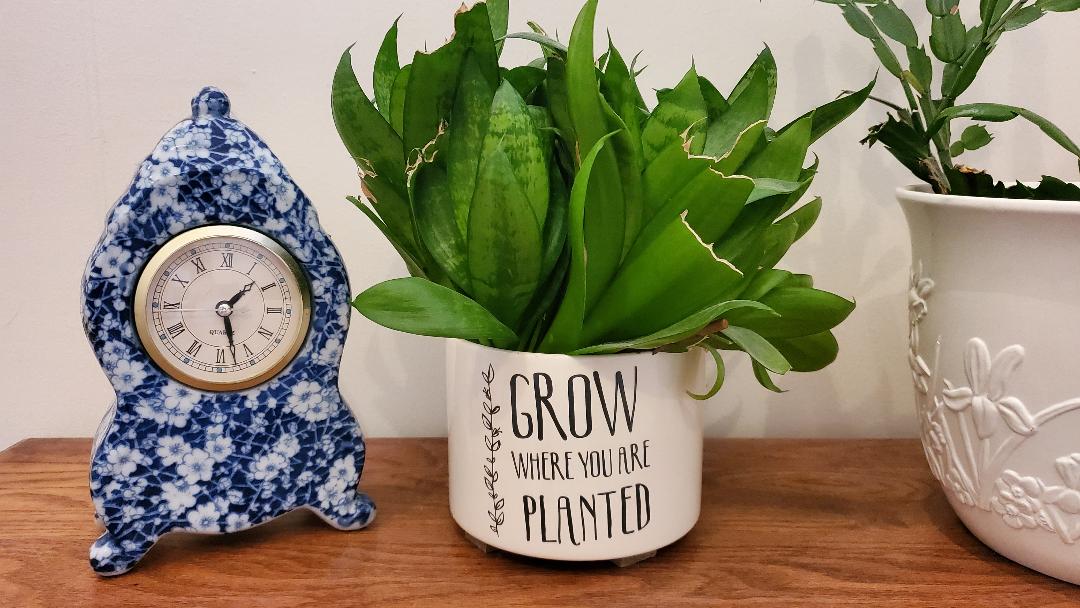
Having plants in your house can be a small but powerful concept that freshens up your space and brings life into your living quarters. Why do people have pets? Because they bring people joy and happiness! The same is true for plants. They provide you with something to care for and offer a change of scenery in your space.
Taking the time to care for a life giving object and putting in the effort to nurture a plant, brings happiness and a sense of calm to people. Not to mention the sense of achievement and the joy that arises when a new leaf pops out or a flower appears!
Studies have shown that people who spend more time around plants are much more likely to try and help others, and often have more advanced social relationships. Spread the love!
Studies have shown that muted green colors have a positive affect in our bodies. It has shorter wavelengths so our eyes don’t need to adjust to it. Also, because green is all over in the natural world, we feel centered and relaxed when surrounded by it. That in turn lowers anxiety. It also makes us feel optimistic and refreshed.
A few years ago I wrote a blog post about the color green, “It’s Not Easy Being Green, or is It?“. Give it a read, it includes a recipe for green bread, which I love!
There are select plants that will bring more happiness to us than others. But that should be taken individually.
For instance, there are thousands of flowers, but none can beat the happiness that a single red rose can offer.
On the other hand, a small child will pick a dandelion and say “Look Mommy! I picked you a flower!” and be so proud of his beautiful find. It’s all perspective.
If you are looking to adopt a plant and wondering where to start or just curious if your current plants are on the list, here are a few to look into.
There is no question about it. Whether its a rose or a dandelion, a flower had a positive effect on us.
I hope this blog post will entice you to get a house plant or two, or plant a flower outside or just take a walk in the woods.

Biophilia – What is it and why is it important?
The history of funeral flowers
5 Reasons Indoor Plants Make You Happier
World Happiness Day: four ways plants help us feel happier
Why Do Plants Make Us Happier? Five Facinating Reasons
Adding a Small Plant to Your Desk Can Improve Your Memory and Make You Happier
Have you ever had one of those moments when, from out of the blue, you have a fantastic idea or thought? Well, I had one today, an idea for this blog post – the color green.
It all started this morning when I got a manicure and pedicure, something to prep me up for our upcoming vacation. I don’t do this often, so it is quite the treat for me.
For my nail colors, I chose two shades of green, my favorite color. I’ve done pinks and reds a couple of times, but I just don’t care for the “pop” they have. They are just a little to bold for me. So I just stick with the good ol’ natural green.
Later, after I got home and was working on some household chores, it occurred to me that I put a lot of “green” in my life. Green fingernails, plants, clothes, etc.
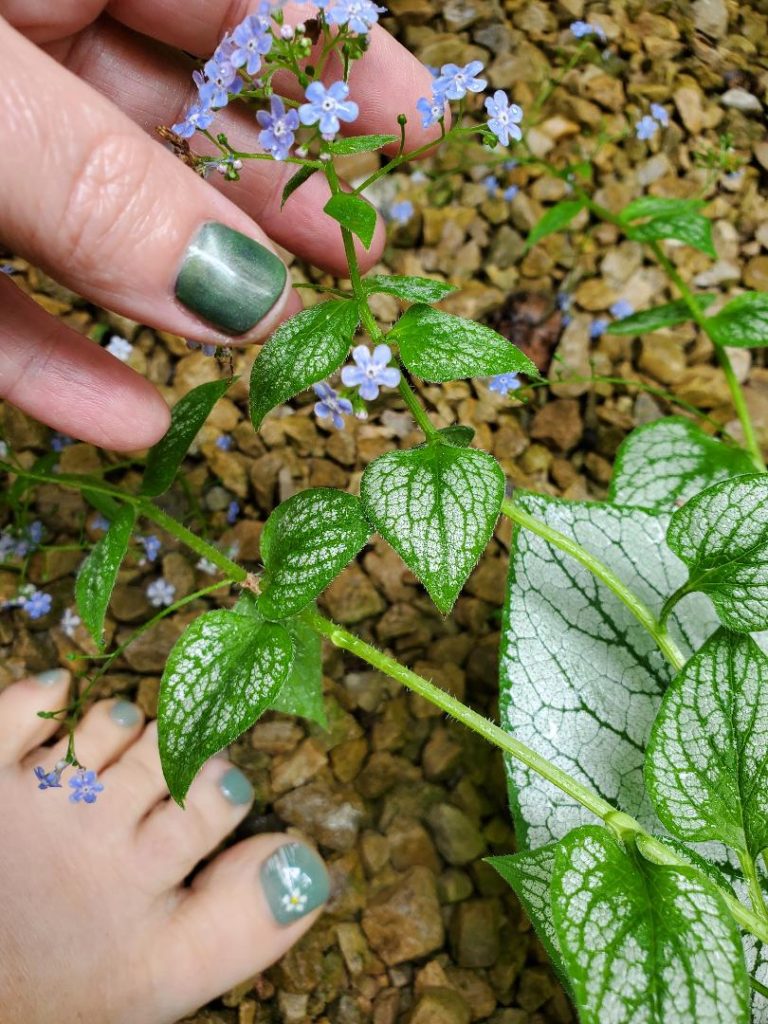
That got me thinking about the color green itself, and the thoughts and views surrounding it. I believe it has a very interesting story.
So, first lets look at the color itself first. What is green?
Adjective: of the color between blue and yellow in the spectrum; colored like grass or emeralds
Noun: green color or pigment
Verb: make or become green in color
I was very curious as to what the definition of green was and how it would be described. And all I got was “it’s between blue and yellow”. Well, that’s like saying the definition of a car is between a truck and bicycle. And it leaves a wide open space, because there is a lot of green!
So that raises the question, how much green are we really seeing?
For most people when they take a walk outside, they see green trees, green plants, green weeds, etc. I have to admit, back in the day, that is what I saw too. Just green.
And then Kermit the Frog’s little song, “It’s Not Easy Being Green” popped into my head.
He sings about green not being viewed as colorful, like red or orange, and it gets passed by everyone. And it blends in with so many other ordinary things.
But then at the end he says “I’m green, it’ll do fine. It’s beautiful. And I think it’s what I want to be”.
That made me stop and think, what have I passed by? What did I miss? Or was it intended for me to not observe it?
I don’t know about the past, but I do know that going forward I can see in between the blue and yellow and catch all the green.
What I mean by that, is now that I know many different plants, I can see between the “greens” and see all the tones and hues.
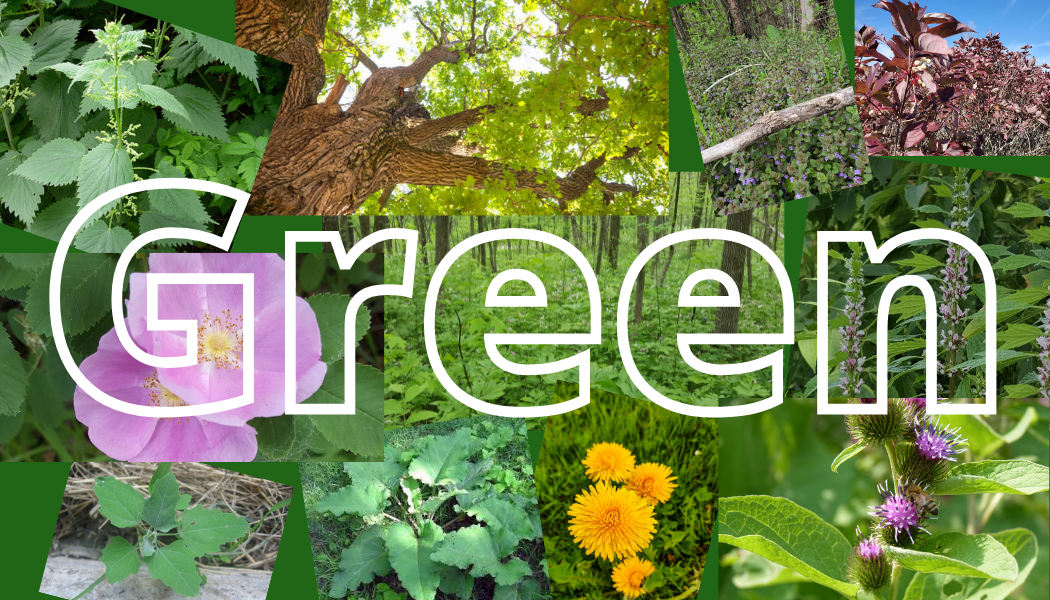
The psychological side of the color green takes on many forms. There are the good effects, the not so good, and a few in between.
How does green make you feel?
Well, that will depend on the situation, environment, or concept, right?
In researching the color, I found that green is mostly a positive color. It creates warmth, a sense a safeness, peacefullness and more.
And to think that nature is full of green! What does that tell us?
Plants are green for so many reasons, like the ones just mentioned.
Plants are comforting. Have you ever just gone out and sat on the grass or under a tree and felt at peace?
We feel safe in our homes, built from trees.
How many times did you look for that green four-leaf clover for good luck?
And, money does come from trees! Paper money that is. I know, dorky reason as to why plants are green.
But for real, why are plants green? Because they catch the red light. What?
True. Green is the complimentary color of red.
So, plants and their leaves look green because the “special pair” of chlorophyll molecules uses the red end of the visible light spectrum (light from the sun) to power reactions inside each cell.
The unused green light is reflected from the leaf and we see that light, which is green.
The chemical reactions of photosynthesis turn carbon dioxide from the air into sugars to feed the plant, and as a by-product the plant produces oxygen.
How cool is that!
That made me hungry…
So I have to share with you some “Green Bread”. Yes, green bread.
So when you first hear green bread, it’s like “Yuck!”
But not this kind!
My mother started making it years ago, and it has been a staple on the table for all family gatherings. My nieces and nephews just love it. It is very simple to make and freezes nicely if you want to save some for later.
Go HERE for the recipe of this wonderful, moist bread that is like a dessert!
I hope your family enjoys it as much as my family does.
And start looking at “GREEN” in a new way and seeing all the green that nature has to offer us!